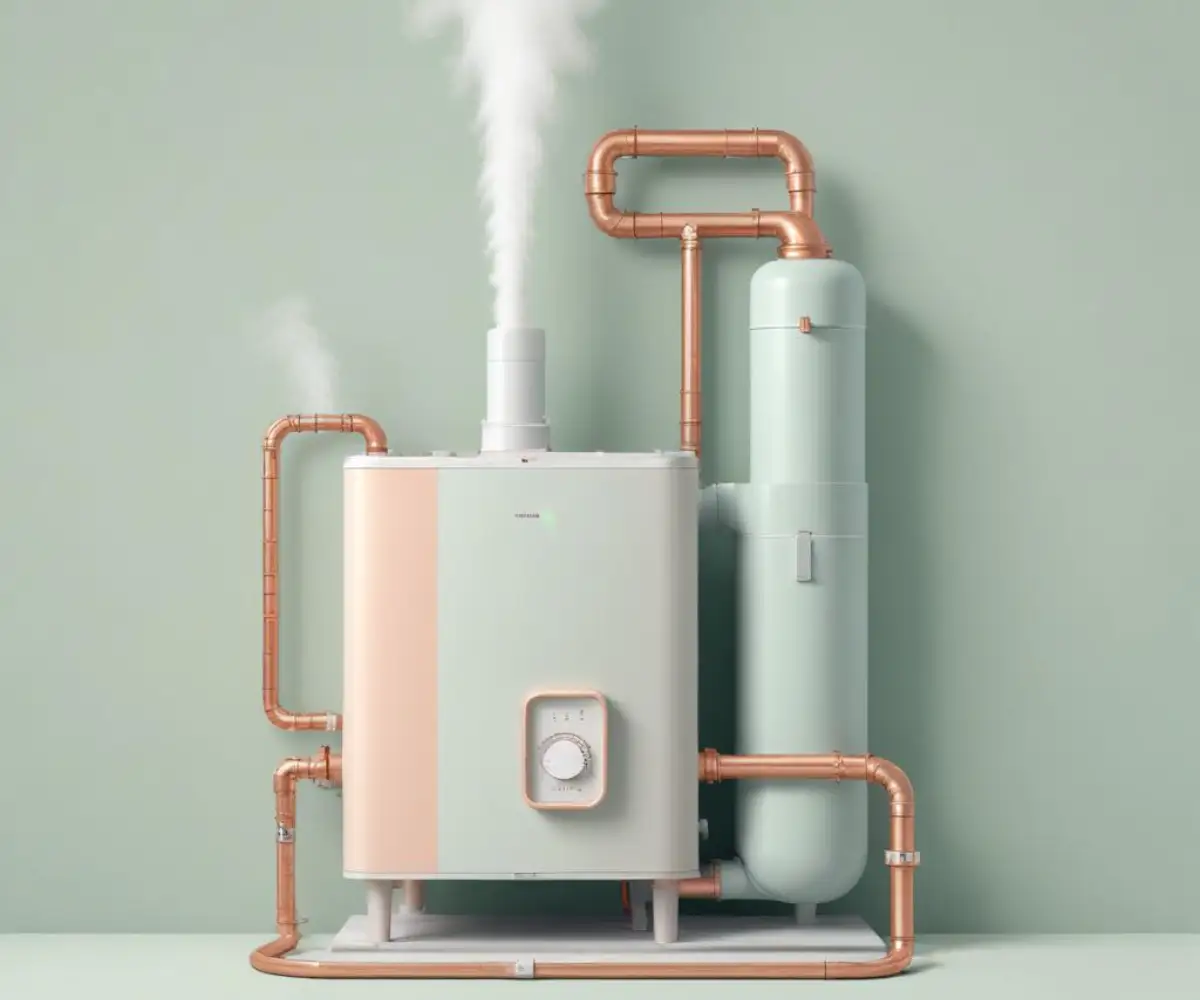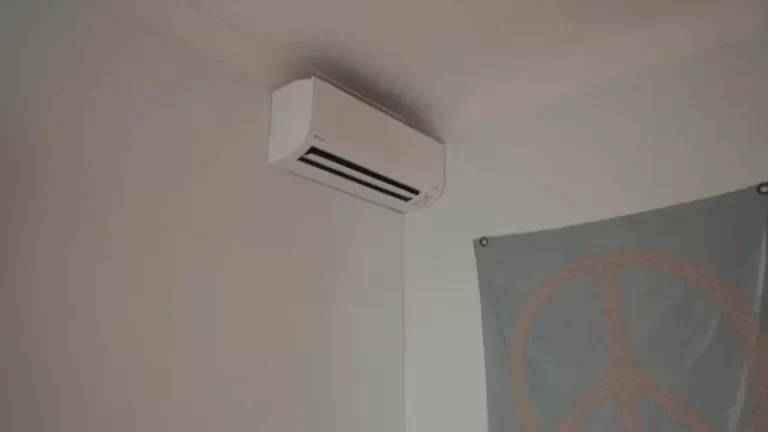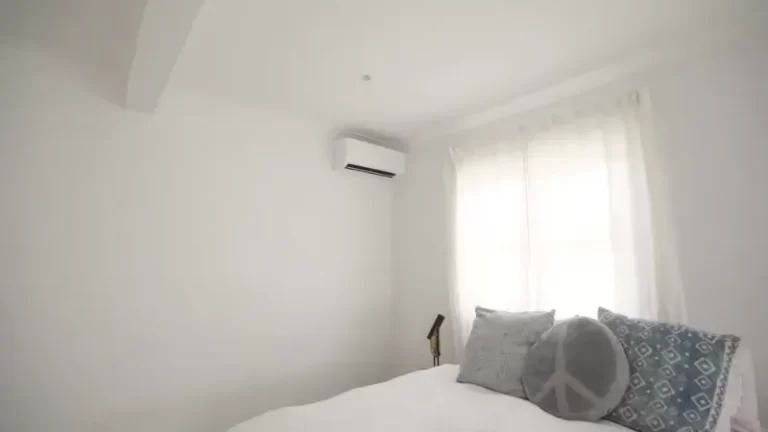Humidifier With Water Line: Stop Refilling & Start Living Better!
The winter air arrives, and with it, the familiar discomforts: scratchy throats, dry skin, and that annoying static shock every time you touch a doorknob. You dutifully drag out the portable humidifier, fill its cumbersome tank, and find a place for it to sit, only to repeat the process day after day. This relentless cycle of filling, cleaning, and worrying about spills is a common frustration for anyone trying to combat dry indoor air.
What if there was a way to achieve perfect indoor humidity without the daily hassle? A solution that works silently and efficiently in the background, protecting not only your health but also your home’s structure and furnishings. This is the promise of a humidifier with a water line, a permanent upgrade that transforms home comfort from a daily chore into a “set it and forget it” reality.
You'll Learn About
What Exactly is a Humidifier with a Water Line?
Unlike portable units that require constant manual refilling, a humidifier with a water line connects directly to your home’s plumbing. This system, often called a whole-house or direct connect humidifier, integrates with your existing HVAC system to deliver balanced humidity to every room through the ductwork. A device called a humidistat monitors your home’s relative humidity and automatically calls for moisture when needed, opening a valve to let water into the unit.
The core principle is simple: it automates the entire humidification process. Water is supplied on demand, evaporated into vapor, and then circulated by your furnace or air handler’s fan. This creates a consistent and comfortable environment, eliminating the drastic humidity fluctuations and manual labor associated with portable models.
The Unseen Benefits: Why a Direct Water Line is a Game-Changer
The most obvious advantage is convenience, but the benefits of an automated system run much deeper. By maintaining an optimal humidity level, typically between 35% and 50%, you unlock a host of advantages for your health, home, and wallet.
Proper humidity makes the air feel warmer, allowing you to lower your thermostat and potentially save on heating costs. It also helps preserve wood floors, furniture, and musical instruments, which can crack and warp in dry conditions. Most importantly, it creates a healthier living space by reducing the survival of airborne viruses and soothing dry nasal passages, which can alleviate allergy symptoms and prevent illness.
Types of Humidifiers with a Water Line: Which is Right for You?
Whole-house humidifiers that connect to a water line generally fall into three main categories. Each type has distinct mechanisms, costs, and benefits, making the choice dependent on your home’s size, climate, and budget. Understanding these differences is key to selecting a system that will perform effectively for years to come.
The three primary types are bypass, fan-powered, and steam humidifiers. While all achieve the same goal of adding moisture to the air, they differ significantly in their method, efficiency, and installation complexity.
Bypass Humidifiers
Bypass humidifiers are the most common and generally most affordable option. They mount on either the supply or return plenum of your furnace and use a bypass duct to divert a portion of the warm air from the furnace through a water panel. As the air passes through the wet panel, it picks up moisture, which is then circulated throughout the home. These units are simple, have few moving parts, and use very little electricity. However, they only operate when the furnace’s heating cycle is running.
Fan-Powered Humidifiers
Fan-powered models work similarly to bypass units but include a built-in fan. This fan actively pulls air through the water panel, allowing the humidifier to produce more moisture and operate even when the furnace’s heat is not on (though the blower must be running). They are more compact than bypass models because they don’t require a bypass duct, making them a good fit for installations with limited space. The added fan means they use more electricity and have a slightly higher upfront cost.
Steam Humidifiers
Steam humidifiers are the most powerful and effective type. They operate independently of the furnace’s temperature by using an electric current to heat water in a canister, creating sterile steam. This steam is then injected directly into the ductwork. Because they generate their own heat, they can produce the highest amount of humidity and provide very precise control. Steam units are the best choice for larger homes, arid climates, or situations where exact humidity levels are critical, but they are also the most expensive to purchase and operate.

| Humidifier Type | How It Works | Pros | Cons | Best For |
|---|---|---|---|---|
| Bypass | Uses furnace blower to pass warm air over a water panel. | Affordable, energy-efficient, low maintenance. | Only runs when furnace provides heat, requires bypass duct. | Small to medium-sized homes in moderate climates. |
| Fan-Powered | Internal fan blows air across a water panel. | Higher output, can run with fan only, no bypass duct needed. | Higher electricity use, more moving parts. | Medium to large homes or homes needing more humidity. |
| Steam | Heats water to create steam, which is injected into ducts. | Highest output, precise control, sterile moisture, works independently. | Highest cost, uses significant electricity, more maintenance. | Large homes, very dry climates, and homes with heat pumps. |
Installation: Is This a DIY Project or a Job for the Pros?
While installing a whole-house humidifier might seem like a manageable DIY project, it involves working with three critical systems: your plumbing, electrical, and HVAC ductwork. A mistake in any of these areas can lead to significant problems, from water leaks and mold growth to electrical shorts or damage to your furnace control board.
A typical installation requires cutting precise holes in your ductwork, tapping into a water line with a saddle valve, wiring a humidistat and a solenoid valve, and running a drain line. For these reasons, professional installation is strongly recommended for most homeowners. An HVAC technician can ensure the unit is sized and placed correctly for optimal performance, all connections are secure, and the system is calibrated to work safely and efficiently with your furnace.
Common Problems and Smart Solutions
Even with professional installation, a humidifier with a water line requires attention to keep it running smoothly. The most common issues are almost always related to water—specifically, leaks and the mineral deposits it leaves behind.
Leaks often originate from a poorly installed saddle valve, a loose drain line, or a cracked unit housing. Regular visual inspections, especially at the beginning of the heating season, can catch these problems early. Clogs are another frequent issue, as mineral buildup from hard water can block the water orifice, solenoid valve, or the water panel itself, severely reducing the humidifier’s output and potentially leading to issues like a humidifier clogging the furnace filter.
The Hidden Menace: Mineral Buildup and Maintenance
Hard water is the primary adversary of any whole-house humidifier. As water evaporates, it leaves behind minerals like calcium and magnesium, which form a crusty scale on internal components. This buildup not only hinders performance but can cause permanent damage over time.
A non-negotiable annual maintenance task is replacing the evaporator pad (also called a water panel or filter). A clogged pad cannot absorb water efficiently, forcing the unit to run longer and waste water. Beyond that, the small water inlet orifice and the solenoid valve’s filter should be inspected and cleaned annually to ensure proper water flow. Following a consistent maintenance schedule is the single most important thing you can do to extend the life of your unit.
Beyond Whole-House Systems: The Rise of the Stand-Alone Unit
The concept of an automatic-fill humidifier isn’t limited to units integrated with a furnace. For homes with non-forced-air heating systems like boilers or radiant heat, a stand-alone humidifier with a water line offers a powerful alternative. These are typically larger, console-style units that can be connected directly to a water supply.
These systems provide many of the “set it and forget it” benefits of a whole-house model without requiring ductwork. While they won’t humidify an entire home as evenly as an HVAC-integrated system, a large console unit can effectively manage the humidity in a large open-plan area or an entire floor. They represent a significant upgrade in convenience and capacity over portable tank-based models.
Final Verdict: Is a Humidifier with a Water Line Worth It?
For those tired of the daily ritual of refilling portable humidifiers, the answer is a resounding yes. The upfront investment in a humidifier with a water line pays for itself through improved comfort, better health, and protection for your home’s valuable assets. It’s a fundamental upgrade that shifts home humidification from a reactive chore to a proactive, automated system.
By eliminating dry air, you create a more comfortable and healthier living environment for your family. The convenience of an automated system means you can enjoy these benefits without the constant maintenance, finally achieving a perfect indoor climate you can truly set and forget.


